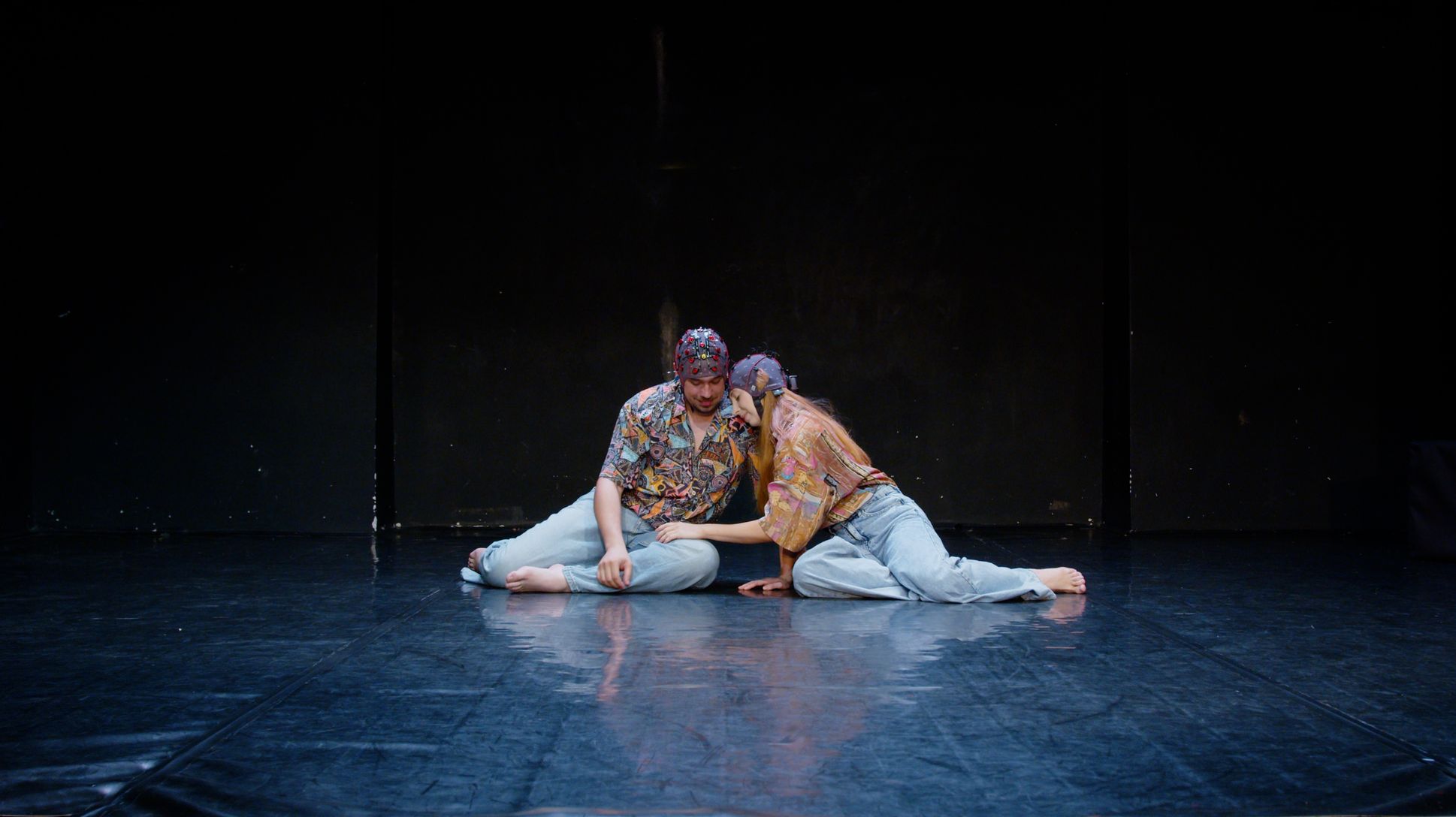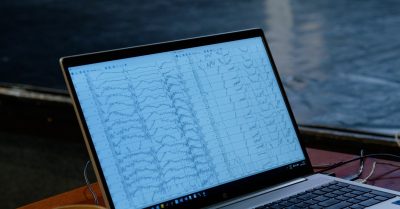
During a very special event on July 22, 2025, the STEM. Dance and Neuroscience.New frontiers in transdisciplinary university research: art and neuroscience merge in a unique project in Romania
project created a new bridge between the artistic scene and the research laboratory. A unique trial run, conducted in Iași, transformed a contemporary dance performance into a fascinating dialogue between body and brain, between the emotion of the artist and that of the spectator. A new paradigm was born, in which emotion is no longer just felt, but also measurable.
The artists, in the dynamics of an artistic act, and the audience, witnesses to the choreographic story, shared a common experience, which was visualized and recorded in real time by researchers. Using state-of-the-art systems (g. Nautilus for dancers, Unicorn Hybrid Black for spectators), images of emotions and thoughts were mapped, both on stage and in the stage, to quantify the brain response in real time. Preliminary results indicate significantly higher activation in the Delta band, particularly in the prefrontal area, during those choreographic moments with stronger emotional impact.
The aim of the project is to better understand how the dancer’s mind synchronizes with that of the audience, creating a deep emotional connection. The central line of interest is to investigate neural responses by combining brain activity monitoring technologies with dance practice. The organizers aim to understand how the nervous system reacts to new stimuli and how dance can be used as an intervention tool in health and education. A central component of the project is the active involvement of the audience. By collecting data on their perceptions and reactions using detailed questionnaires, qualitative interviews, measurements, and analyses of brain wave patterns produced by the electrical activity of neurons during the viewing of the performances, the project team could identify the elements/moments of the performance that generate the strongest emotional and cognitive response.
The “STEM. Dance and Neuroscience” project is a first in Romania, positioning transdisciplinary research in Iași on the international map of dance neuroscience.
Initiated by the George Enescu National University of Arts in Iași (UNAGE), coordinated by the Choreography Department Association (ASC), together with leading academic partners, Gheorghe Asachi Technical University (TUIASI), Grigore T. Popa University of Medicine and Pharmacy (UMF) and the National Museum of Romanian Literature in Iași, the project transcends the barriers between the disciplines involved. The event has an extensive team of approximately 40 researchers and experts: dancers, engineers, doctors, psychologists, musicians, and visual artists, who explore new frontiers in art, seeking not only to create but also to understand aspects that are not yet practically discovered at the actual time.
“We believe that this perspective can generate new methods in art education, neurological recovery, art therapy, and even empathy-based social architectures. This pilot project opens up a strategic direction for research in the coming years, in which we will continue to analyze how movement, perception, and inner transformation interact.
The close collaboration between UNAGE, TUIASI, UMF Iași, and Choreography Department demonstrates that dance is not only an artistic expression but also a medium for exploring reality. We aim to make visible the invisible dimensions of dance: those related to neuroplasticity, affectivity, and sensory and relational intelligence. This university partnership is not only necessary, but also exemplary for how multidisciplinary projects can work in Romania,” says lecturer Dr. Sandra Mavhima, choreographer and initiator of the project.

The results of the research open up revolutionary perspectives. On the one hand, they could provide a new scientific basis for neuro-optimized choreographic compositions designed to stimulate specific areas of the brain. On the other hand, they could contribute to the development of innovative therapeutic tools, using the expressive power of dance to create alternative therapies through art, to improve the mental health of patients with conditions such as Down syndrome or Parkinson’s disease, or in medical rehabilitation programs, such as the creation and optimization of a neuro-prosthesis for paralyzed patients.
Currently, the collected data is being analyzed by teams from TUIAȘI, UNAGE, and UMF, and the conclusions will be made public at the Scientific Conference Neuroplasticity in the Digital Age, in November this year, and are expected to document the real and emotional impact of dance on the human brain.
This pilot project, co-funded by the Ministry of Culture and the George Enescu National University of Arts in Iași, through a grant from the Institute for Multidisciplinary Research through the Arts (ICMA), demonstrates that art and science are not separate fields, but complementary forces that can transform the way we perceive movement, the body, and consciousness.